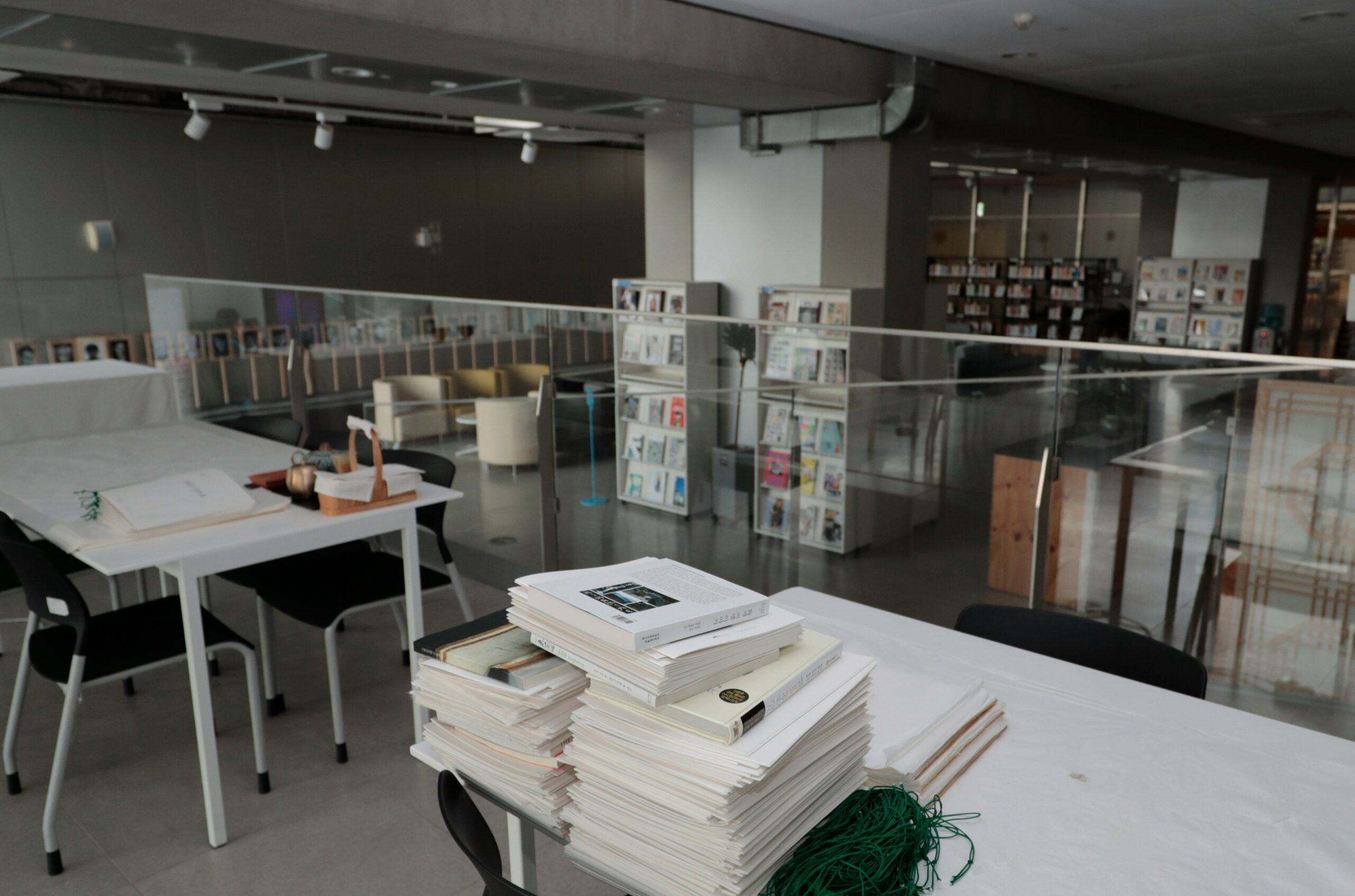
The involvement of patients and the public in research & development is important to meet the needs and interests of all parties. Research without patients is missing something and those directly affected bring the value of lived experience with treatment methods and their side effects. It is therefore an encouraging improvement that the involvement of patients in clinical research is gaining in importance. In “Patient and Public Involvement & Engagement”, short PPIE, patients are directly and actively involved in research processes from the very beginning: From phrasing the research question, to applying for funding, to the collecting and analyzing of the data gathered. The projects that emerge from this expanded multidisciplinary approach benefit from better research quality and are also more effective because they take the needs and valuable experiences of patients into account.
PPIE is also playing a growing role in paediatric oncology and haematology. In addition to participating in clinical studies, we therefore want to meet children, adolescents and young adults at eye level and encourage them to actively participate in interdisciplinary research processes from different disciplines. In this document, you will find a guide on how to put PPIE into practice. It is a step-by-step guide for the workshop moderators (researchers) and contains lots of practical information: From preparation to implementation to evaluation and documentation.
The guide is structured as follows:
1. Why Patient and Public Involvement & Engagement?
2. How to create the optimal workshop preparations
3. The workshop
a. Module 1: Introduction
b. Module 2: Defining research questions
c. Module 3: Finding creative solutions
d. Module 4: Designing the study
4. What’s needed after the workshop?
5. Further literature
The structure and content of a possible workshop is described in great detail. What materials are needed (e.g. posters, pens)? How long should a module last? When should breaks be scheduled? So, get your guide and bridge the gap between patients and researchers.






Comments
Thank you. Comment sent for approval.
Something is wrong, try again later